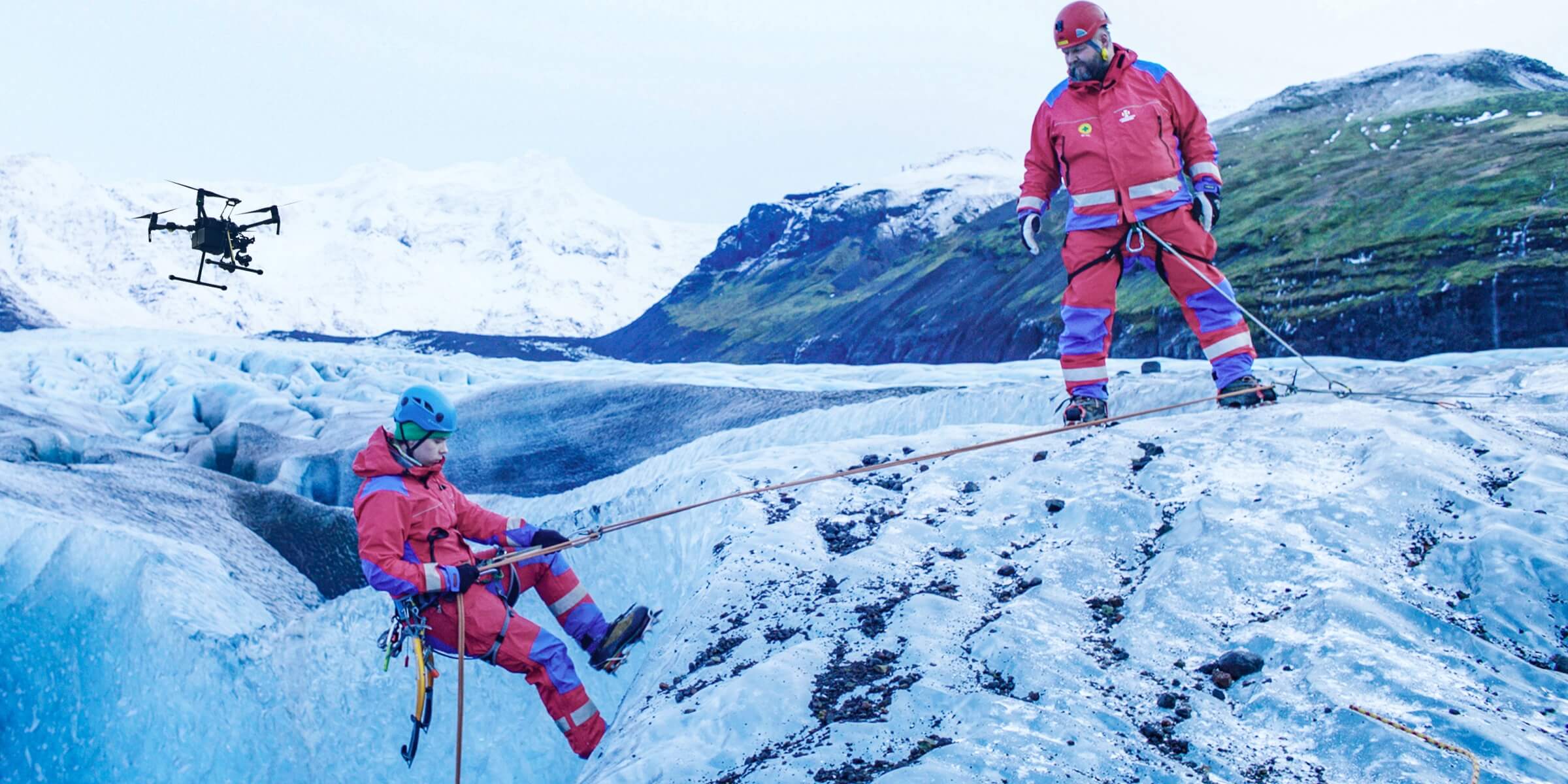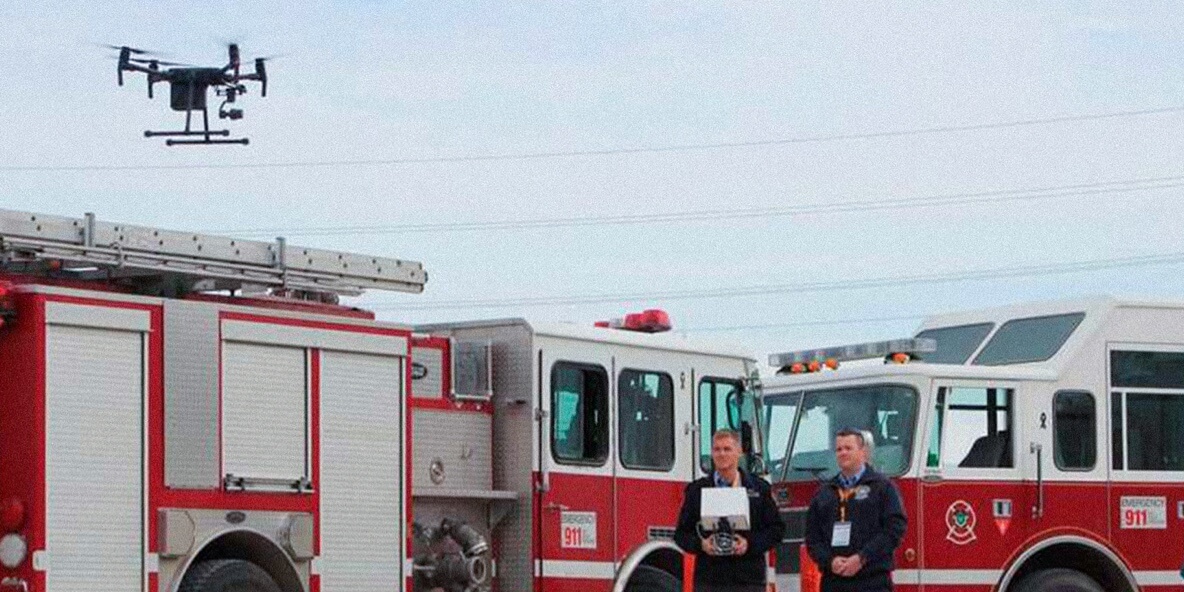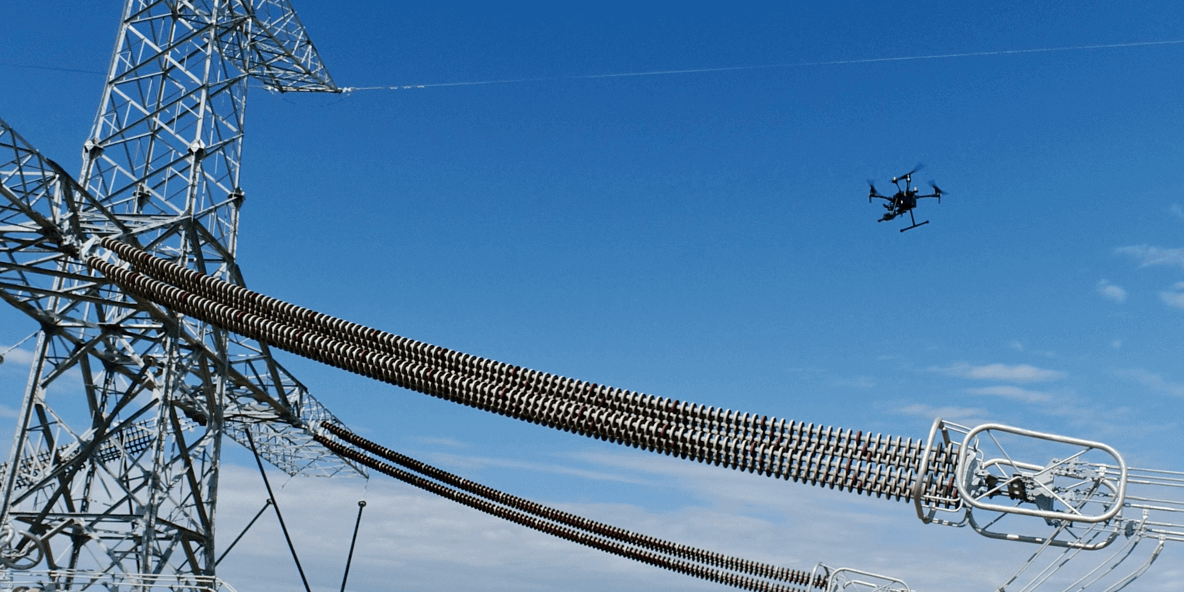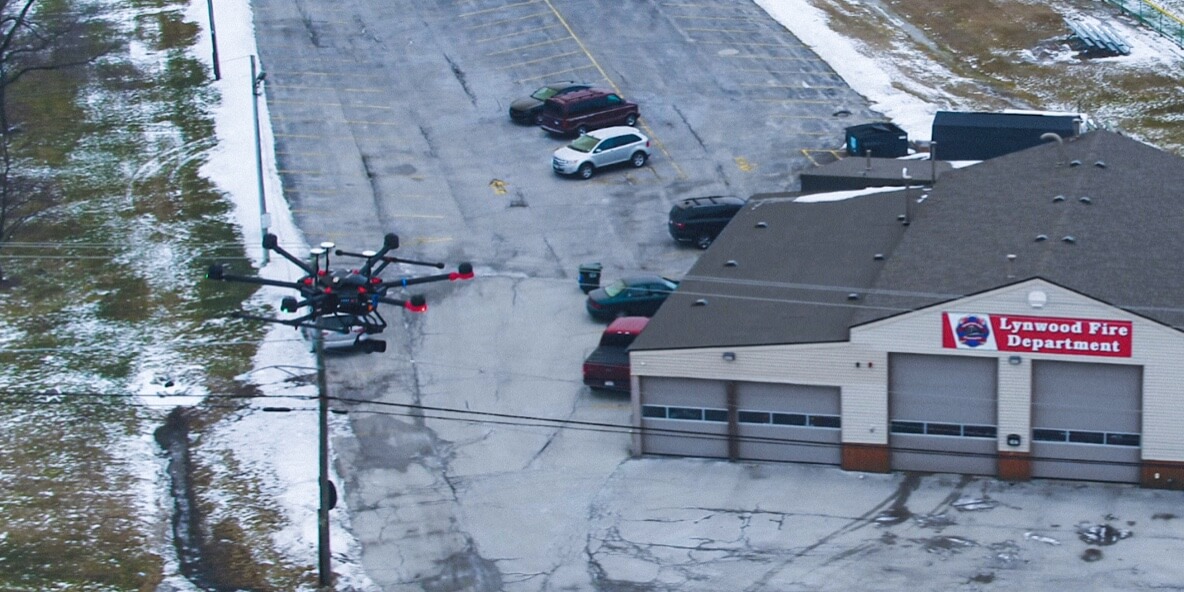Rescue Services
Using drones for crop mapping involves capturing aerial data to assess and monitor the health and growth of crops, aiding farmers in informed decision-making for better agricultural management.
Benefits Of Rescue Services
Rapid Deployment
Drones can be quickly deployed to emergency scenes, providing immediate assistance. This swift response can be crucial in situations where time is of the essence, such as search and rescue missions or disaster response.
Aerial Surveillance
Drones equipped with cameras and sensors provide aerial views of the incident area, enabling rescue teams to assess the situation more effectively. This aerial perspective can aid in locating individuals in distress, assessing the extent of damage, and planning rescue strategies.
Search and Rescue Operations
Drones equipped with thermal imaging, infrared cameras, or other specialized sensors can aid in locating missing persons, survivors, or individuals in distress, even in challenging environmental conditions or low visibility scenarios.
Using Drones

Challenges
- Limited Payload Capacity: Most consumer-grade drones have limited payload capacities, restricting the types of equipment and supplies that can be carried. This limitation may impact the ability to transport medical supplies, rescue equipment, or communication devices to the affected area.
- Battery Life and Range:Drones typically have limited battery life and operational range. This limitation can constrain the duration and distance of rescue missions. For long-duration operations or missions in remote areas, battery life can be a critical factor.
- Weather Conditions: Adverse weather conditions, such as strong winds, rain, or snow, can significantly affect the performance of drones. These conditions may compromise the stability and maneuverability of the drone, making it challenging to operate in certain rescue scenarios.
- Regulatory Compliance: Strict aviation regulations and airspace restrictions can pose challenges for integrating drones into rescue operations. Obtaining the necessary permissions and ensuring compliance with local regulations can be time-consuming and may limit the swift deployment of drones in emergencies.
- Limited Sensory Capabilities: Drones may have limitations in terms of sensory capabilities. For example, their ability to see through obstacles or operate in low-light conditions may be limited. This can impact their effectiveness in search and rescue missions, especially in complex environments.
- Communication Issues: Maintaining reliable communication between the drone and the rescue team is crucial. However, communication signals can be disrupted by physical obstacles, interference, or the drone’s operational range, leading to potential challenges in coordinating rescue efforts.
How Works
- Aerial Surveillance:Drones equipped with cameras and other sensors can quickly survey large areas, providing real-time aerial views to rescue teams. This capability is crucial in identifying the extent of a disaster, locating victims, and assessing the overall situation.
- Search and Rescue:Drones play a significant role in search and rescue missions by covering vast areas more efficiently than ground teams. Equipped with thermal imaging cameras and other specialized sensors, drones can detect heat signatures, making it easier to locate missing persons or victims in various environments, including dense forests or disaster-stricken areas.
- Communication Relay:Drones can serve as communication relays in areas with limited or no network coverage. This is particularly valuable in disaster-stricken regions where traditional communication infrastructure may be compromised. Drones equipped with communication devices can establish a temporary network, facilitating communication between rescue teams.
- Emergency Response Planning: Drones assist in planning and coordinating emergency responses by providing high-resolution aerial images and maps. This data helps rescue teams identify access points, assess terrain conditions, and plan the most effective routes for emergency vehicles.
- Medical Supplies Delivery: In situations where it’s challenging for rescue teams to reach victims, drones can be used to deliver medical supplies, first aid kits, or other essential items. This is especially helpful in remote or inaccessible areas.
Explore More Content

Aerial reconnaissance is a primary function of drones in rescue services. When deployed in disaster-stricken areas or during search operations, drones can quickly cover large areas, providing real-time imagery and data to aid in the identification of survivors, hazards, and access routes. This capability expedites the search process, especially in challenging terrains or inaccessible locations.

Drones equipped with thermal imaging technology significantly enhance search and rescue efforts, especially in low-light conditions. Thermal cameras can detect body heat, allowing rescue teams to identify individuals, even in darkness or obscured environments. This is particularly crucial in scenarios like missing persons searches or locating survivors in natural disasters.

Beyond visual surveillance, drones contribute to communication and coordination in rescue services. They can be equipped with loudspeakers or communication systems to relay instructions, gather information from the ground, or provide reassurance to those awaiting rescue. This real-time communication aids in orchestrating more efficient and effective rescue operations.

The agility and speed of drones make them well-suited for time-sensitive situations. Their ability to access areas that may be challenging for ground crews, such as collapsed buildings or rough terrain, enhances the overall efficiency of rescue operations. This not only accelerates response times but also increases the chances of successful outcomes in critical situations.